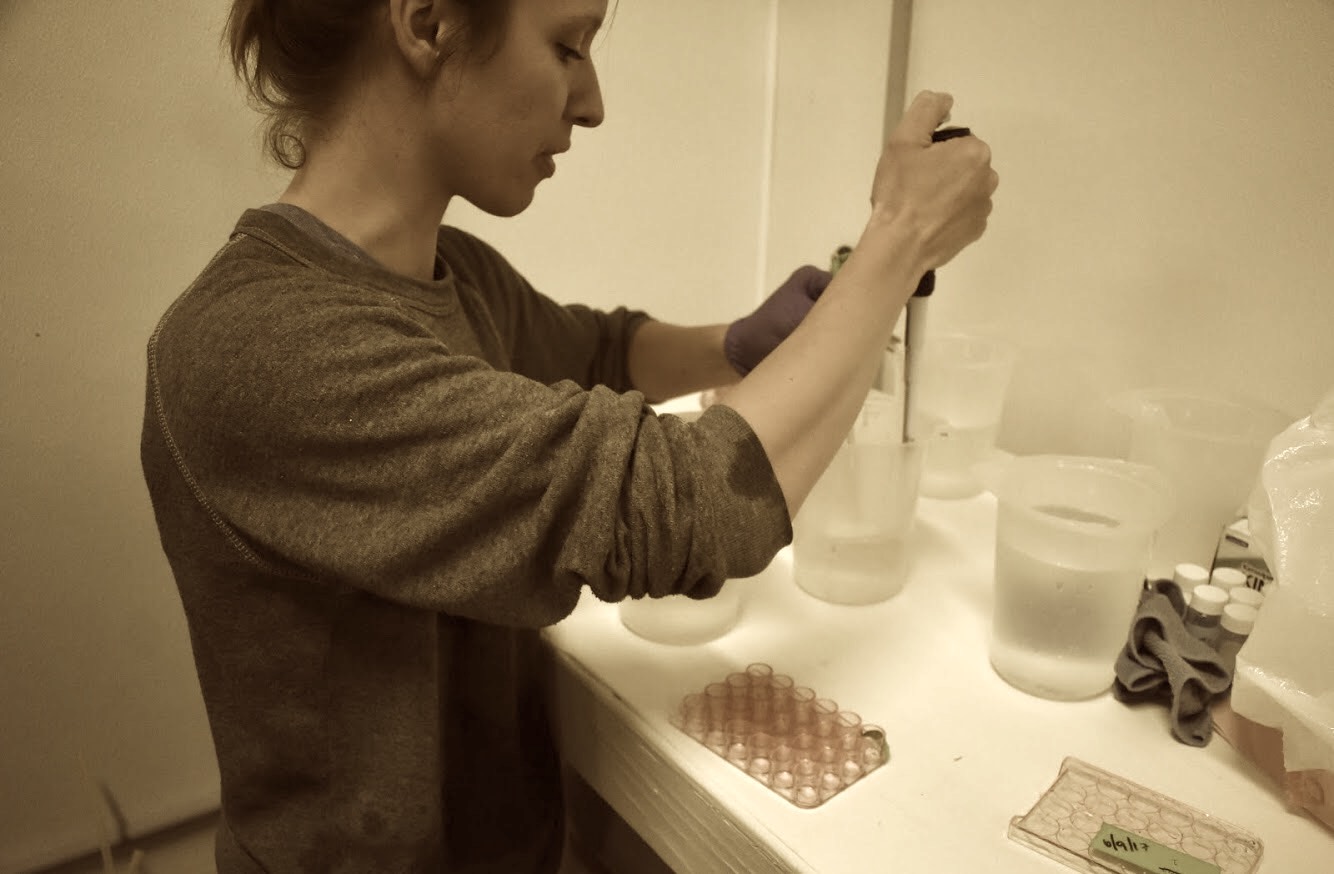Oly Genetics Meeting Recap
Met with Brent to discuss initial analysis of Oly genetics data, interpret results and develop a new to-do list. Here’s what I learned:
- Hardy-Weinberg Equilibrium: I had interpreted that all loci are not in HWE. Need to re-interpret results, as they should be. I possibly mis-interpreted the analysis.
- Linkage disequilibrium: I found evidence for linked loci, particularly between 13, 15 & 19. From Brent: these loci were tested and selected because they weren’t linked. I should use another program/function to re-assess linkage. If they are confirmed as linked then I’ll need to throw out all but one of those that are linked.
- Null alleles: The analysis that I performed was confusing, need to research further to figure out how to interpret results. Brent suggested that I use MicroChecker, which is easy and is the standard, as a secondary analysis.
- Genetic diversity: often the metric for this is “Observed heterozygosity” vs. expected.
- Allelic richness: can still report this, but since my sample sizes are very similar (99 vs. 100), don’t need to focus on it.
- Fst stat: I found values between population to both be 0. This is good (full gene transfer), however shouldn’t use this stat as the standard.
- Effective population size: not easy to calculate, wouldn’t add anything to this analysis.
- Relatedness: could calculate level of relatedness (Brent suggested Co-ancestry program); this would be interesting, but isn’t completely necessary for the conclusions we are trying to draw.
- Need to perform Fischer’s Exact Test, which is a powerful way to determine allelic divergence. GenePop does everything I need it to do.
- Need to do a power analysis to determine what kind of power I have to detect differences with this # loci and alleles. Brent suggested PowSim.
- For Crystal’s data: generate a quick plot of the raw data to make sure binning/rounding was performed correctly.
- For presentations:
- show plots with allele frequency distributions for each wild/hatchery population comparison
- these are neutral markers, so we can’t draw conclusions regarding non-neutral markers of adaptive significance
- these data provide a snapshot, and show that there is no strong divergence in these neutral markers
- but, this is only 6 microsatellite markers. Questions of hatchery selection remains, and can really only be answered via higher resolution data (SNPs).
Written on January 22, 2018
